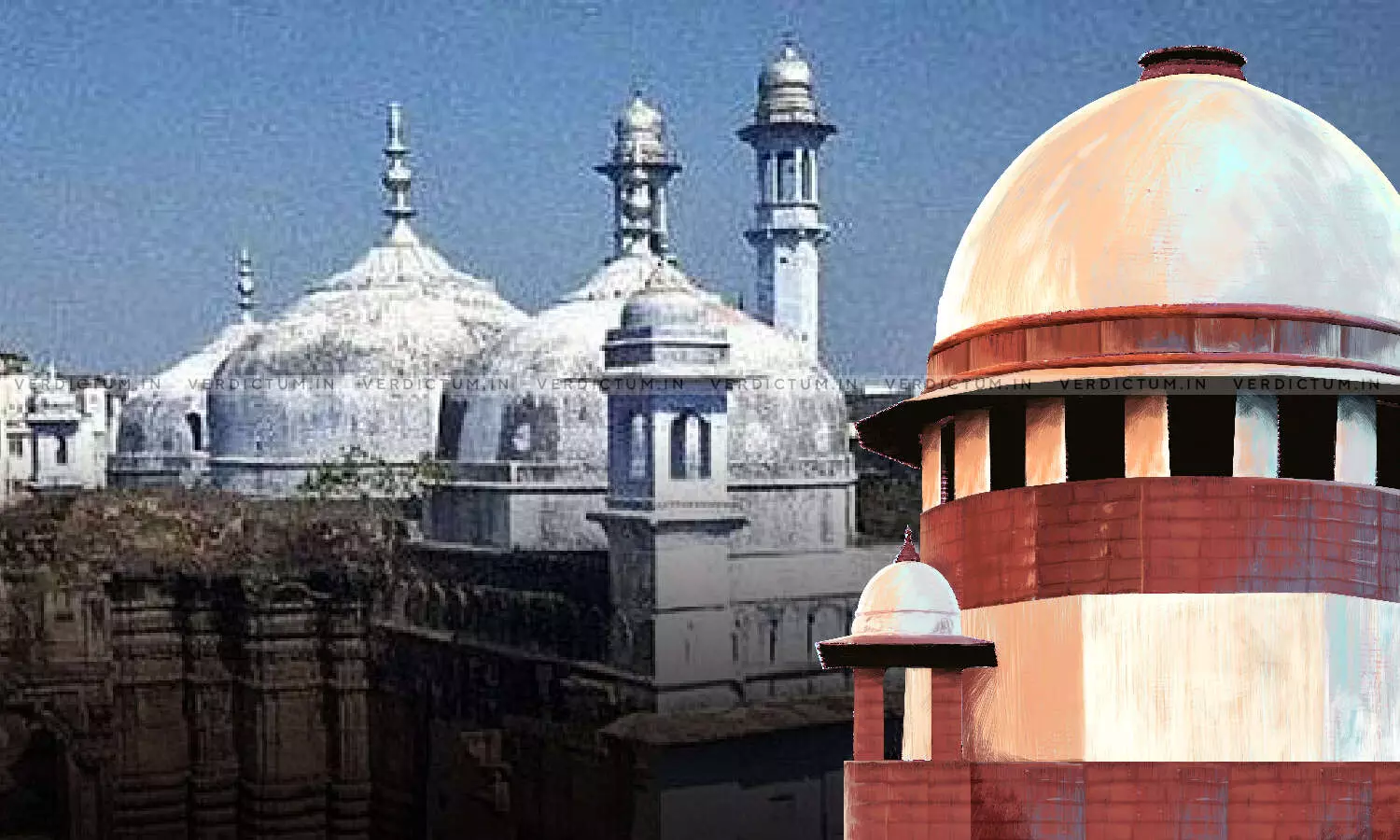
Appeal Filed Against Allahabad HC's Judgment Dismissing Petition To Ascertain Nature Of Structure Found In Gyanvapi Mosque
 |
|A Petition has been filed in the Supreme Court under Article 136 of the Constitution challenging the dismissal by the Lucknow Bench of the High Court of Allahabad of a petition praying for a direction to appoint a committee/commission headed by a judge of the High Court or Supreme Court to study the nature of the structure found in Gyanvapi campus.
The petitioners before the Allahabad High Court had sought the formation of a committee to ascertain as to whether the structure found is a Shivling, as being claimed by the Hindu side or a fountain as being claimed by the Muslim side and if it is a Shivling then to permit devotees to pray or if it is a fountain, then make it functional.
The petition was filed by 7 devotees of Lord Visheswar. The petition stated that "Due to emergence of Lord Visheswar most of Hindus are wanting to visit the impugned site to pray the Lingam since the day of its emergence and as it is not being managed and so there is anger amongst the majority community. The majority community is in anger as Shivling was kept in Vajukhana where the water discharged out of Vaju means washing of hands, legs and mouth was being collected."
The petition also said that "The petitioners were of the view that after the emergence of the impugned structure, it was the duty of ASI to go on the spot to ascertain the nature of structure impugned but as it was not done may be for the reason the civil court was ceased with the matter and so the petitioners prayed for issuance of necessary directions to all concerned to appoint a committee/ commission under the chairmanship of some judge of high court or supreme court to go on the spot to ascertain the nature of structure impugned and to act accordingly."
The petitioners, expressing discontent, have stated that the "high court without calling any reply from the respondents and relying upon some loose documents submitted by the state law officer to the court, dismissed the petition even on its merits in spite of fact that it found that the writ petition at Lucknow Bench is not maintainable for the reason that the impugned structure was found in Varanasi which is under jurisdiction of the high court bench at Paryagraj as per the Allahabad High Court Amalgamation Order 1948."
The petitioners have prayed that the Supreme Court may direct the Archaeological Survey of India to ascertain the nature of structure found in the Gyanvapi Campus.